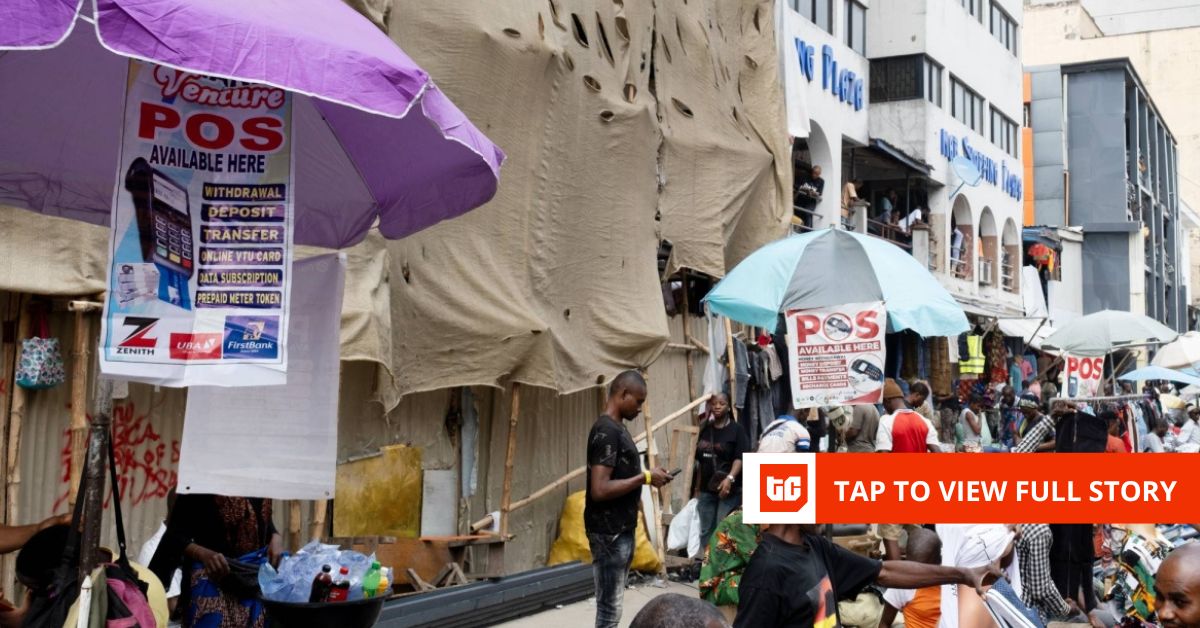The Central Bank of Kenya (CBK) has overhauled how commercial banks price credit, introducing a revised risk-based model that will peg lending rates to a new interbank benchmark to improve transparency and strengthen the transmission of monetary policy decisions.
From September 1, interest on new loans will be tied to the Kenya Shilling Overnight Interbank Average (KESONIA) — a renamed version of the overnight interbank rate that reflects actual transactions between banks. Existing loans will migrate to the system by February 2026 after a six-month transition.
Banks will be required to publish the average lending rates and fees for each product on their websites and the CBK’s Total Cost of Credit portal. The regulator hopes the model will end opaque pricing practices by forcing lenders to clearly separate the benchmark from their own risk premiums and charges.
The formula sets the lending rate as KESONIA plus a margin, “K”, which covers banks’ cost of funds, returns to shareholders, and the borrower’s risk profile. The overall cost of credit will also include fees such as processing and commitment charges.
“KESONIA will be applicable to all variable rate loans except for foreign currency-denominated loans and fixed rate loans,” CBK said on Tuesday in a memo. “Where KESONIA is not practical, customers may be availed the use of the Central Bank Rate (CBR) as the alternative reference rate.”
The reform follows months of friction between CBK and commercial banks. When the plan was floated in April, lenders pushed back, warning that prescriptive rules could distort the market. The Kenya Bankers Association argued then that the approach could restrict how banks assess risk.
Adopting KESONIA appears to be the regulator’s answer to that criticism. By tying credit pricing to a transaction-based benchmark— similar to SONIA in the UK and SOFR in the US —CBK hopes to gain a transparent anchor rate, while banks retain room to set borrower-specific premiums.
The effects of the new system could be uneven. Stronger credit profiles will benefit from clearer risk differentiation, but weaker borrowers could face higher costs. However, CBK hopes to improve monetary policy transmission, long seen as weak in Kenya, where changes in the central bank rate have not always flowed through to the economy.
CBK’s new credit pricing formula is a response to its frustrations over the banking sector’s reluctance to lower interest rates despite multiple reductions in the benchmark lending rate since October 2024.
The first test for the new formula comes in September, when banks start rolling out new loans under the framework. How they disclose and justify the “K” premium would show whether the new model delivers on CBK’s promise of fairer and more transparent lending.
Mark your calendars! Moonshot by is back in Lagos on October 15–16! Join Africa’s top founders, creatives & tech leaders for 2 days of keynotes, mixers & future-forward ideas. Early bird tickets now 20% off—don’t snooze! moonshot..com












